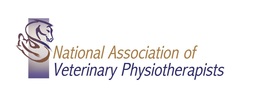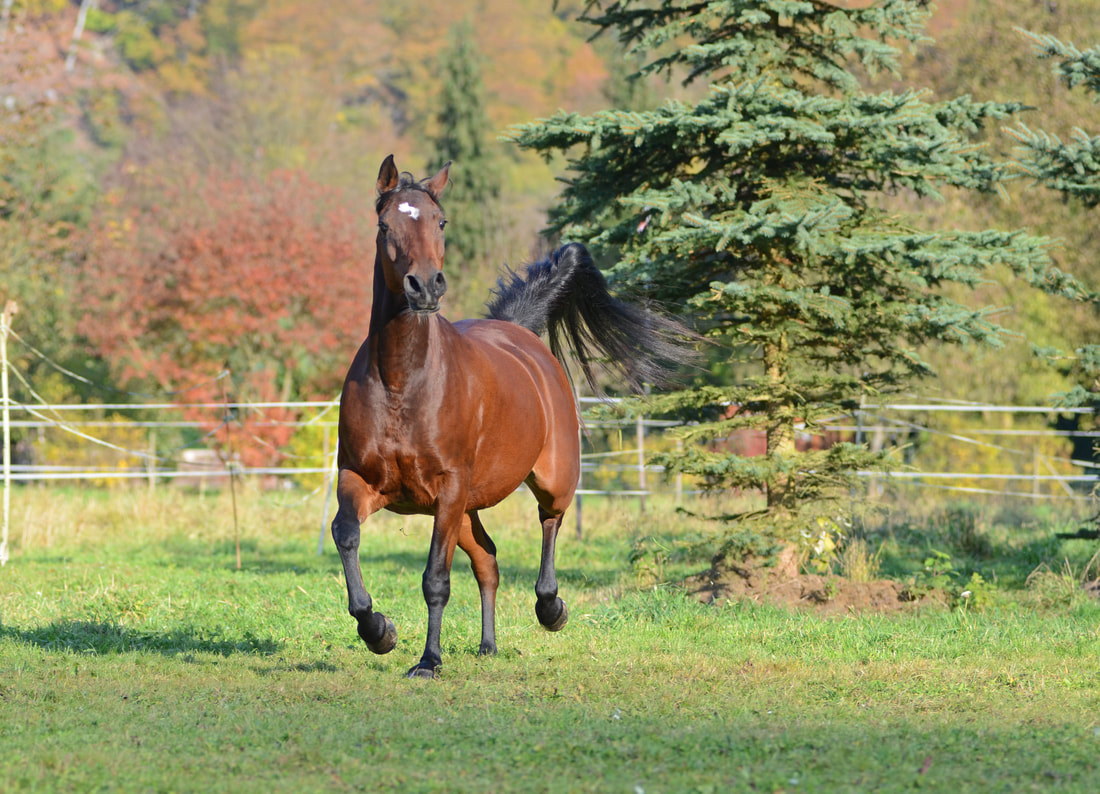|
For animal owners
Gait analysis is an important tool used by veterinarians, farriers, and other equine professionals in order to quantify the horse’s movement and spot any asymmetries which could cause problems affecting performance or increased risk of injury later down the line. This article highlights in more detail the importance of equine gait analysis.
Why is equine gait analysis important? The horse’s movements can be quantified and analysed through the use of small sensors (IMUs- inertial measurement units). This enables people to successfully identify and monitor movement asymmetries - even small ones that wouldn't normally be visible or detectable by the human eye. Whilst horses are generally asymmetric, it is vital that the movement asymmetries are understood to spot any unusual movement asymmetries which could be problematic. It is key to carry out gait analysis on a regular basis as this means a baseline can be established specifically for that horse. All future analysis can then be compared to this baseline, meaning any abnormal results can be spotted much quicker and responded to accordingly. Once small abnormalities are noticed, a lameness exam can be carried out and a new training regime created so that a small injury has less risk of becoming something more severe. Equine gait analysis has come a long way in recent years and continues to be developed and become more accurate. Being able to measure movement patterns in such a detailed way has led to more accurate rehabilitation training programmes, more success in preventing injuries from becoming more severe, and helps to maintain equine welfare overall. Who can benefit from gait analysis? Equine Therapists Veterinary physiotherapists, chiropractors, masseurs, and osteopaths are just some of the equine therapists that benefit from gait analysis. As they treat muscoskeletal issues that affect a horse's performance, they now can see past what they can literally see with their own eyes. Whilst many issues can be identified without gait analysis, it helps uncover less obvious issues. They can see in slow motion the horse’s movement and make note of any potential abnormalities. This allows any problems to be addressed early on can be immediately addressed. Veterinarians Gait analysis is a great tool for vets to use in addition to their regular arsenal. Together with x-rays and other scans, gait analysis can help reduce the time it takes to spot problems and also reduce the cost which they can pass on to the horse’s owners. Farriers Farriers are directly involved in maintaining and enhancing the movements of horses. Having the ability to analyses a horse’s hoof movement slowly means a complete assessment of hoof balance can be carried out. Again, any issues can be identified and amended. Horse Trainers Early identification of potential problems can mean training plans can be adapted straight away and hopefully risk of injury or long-term problems can be reduced significantly. This is invaluable for trainers or all horses. Whether the horse is being trained for racing, jumping, polo or dressage, this is universally beneficial and could avoid costly injuries and recovery. Riding Instructors Video gait analysis is the perfect tool for riding instructors to share the importance of gait with their students. It can highlight to them how the influence of their position when they are rising can impact the horse over time. The video footage can show how the rider’s position can impact the horse and the visualisation can be an extremely useful and effective learning tool. Horse Selection Race horses are of course a large investment and buyers need to ensure they are purchasing a horse that is suitable for racing. Gait analysis can help spot any risk of injury that could impact the buying decision. Where does gait analysis take place? Due to the cost and availability of the equipment, it was only possible to undertake gait analysis in veterinary research institutions. This, of course, limited the number of people who had access to this equipment and therefore restricted the number of horses that could benefit from this analysis. Fortunately, recent technological advances mean that gait analysis is now possible to be done in the field, outside of research labs, opening up this important tool to the wider equine world. Advantages and practical uses of gait analysis
0 Comments
Your comment will be posted after it is approved.
Leave a Reply. |
AuthorNAVP Archives
June 2024
Categories
All
|
The Association |
Services |
|


 RSS Feed
RSS Feed